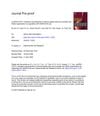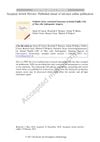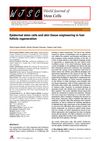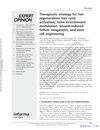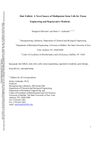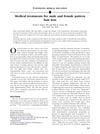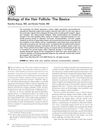3D Bioprinting of a Gelatin-Alginate Hydrogel for Tissue-Engineered Hair Follicle Regeneration
March 2022
in “
Acta Biomaterialia
”
3D bioprinting gelatin-alginate hydrogel tissue-engineered hair follicle regeneration hair follicle microenvironment fibroblasts human umbilical vein endothelial cells dermal papilla cells epidermal cells full-thickness wounds cytocompatibility DPC proliferation DPC spheroids DPC genes hair induction hair follicle regeneration skin tissue engineering 3D printing hydrogel hair follicle skin cells wound healing cell compatibility hair growth skin regeneration
TLDR The new 3D bioprinting method successfully regenerated hair follicles and shows promise for treating hair loss.
Researchers developed a 3D bioprinting technique using a gelatin-alginate hydrogel to create a multilayer composite scaffold that mimics the hair follicle (HF) microenvironment. This scaffold, containing fibroblasts, human umbilical vein endothelial cells, dermal papilla cells (DPCs), and epidermal cells, was transplanted into full-thickness wounds in nude mice. The scaffold demonstrated good cytocompatibility, increased DPC proliferation by 1.2-fold, and facilitated the formation of self-aggregating DPC spheroids. It also restored DPC genes associated with hair induction and successfully regenerated HFs in vivo. This method shows promise for hair loss treatment and broader applications in skin tissue engineering.

